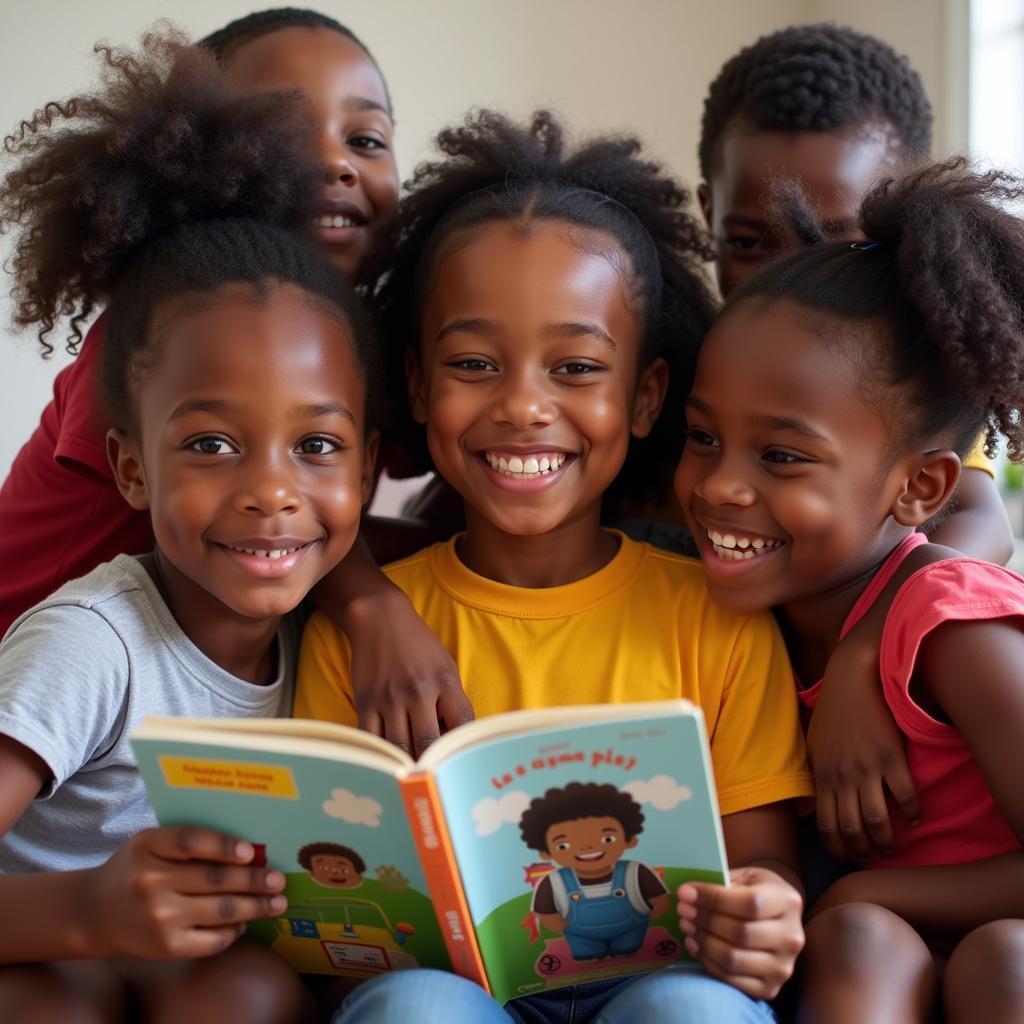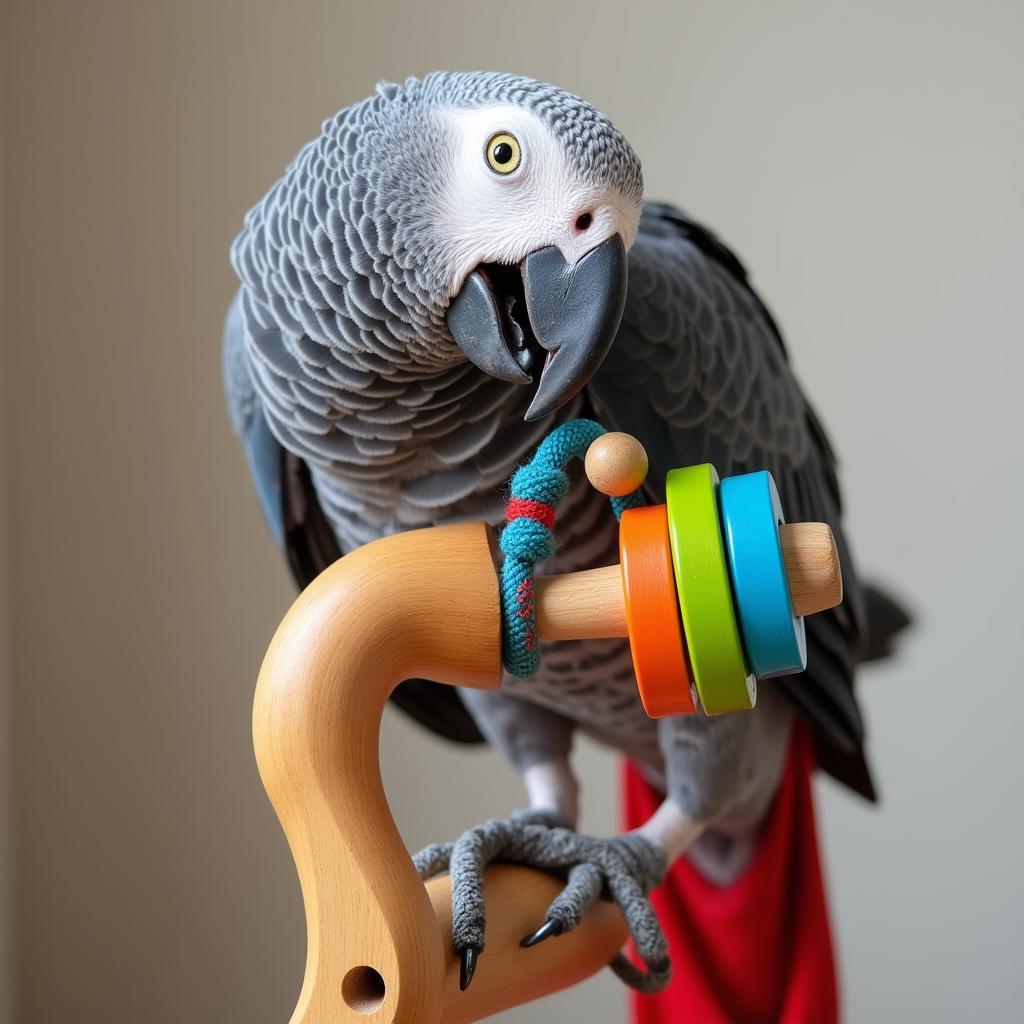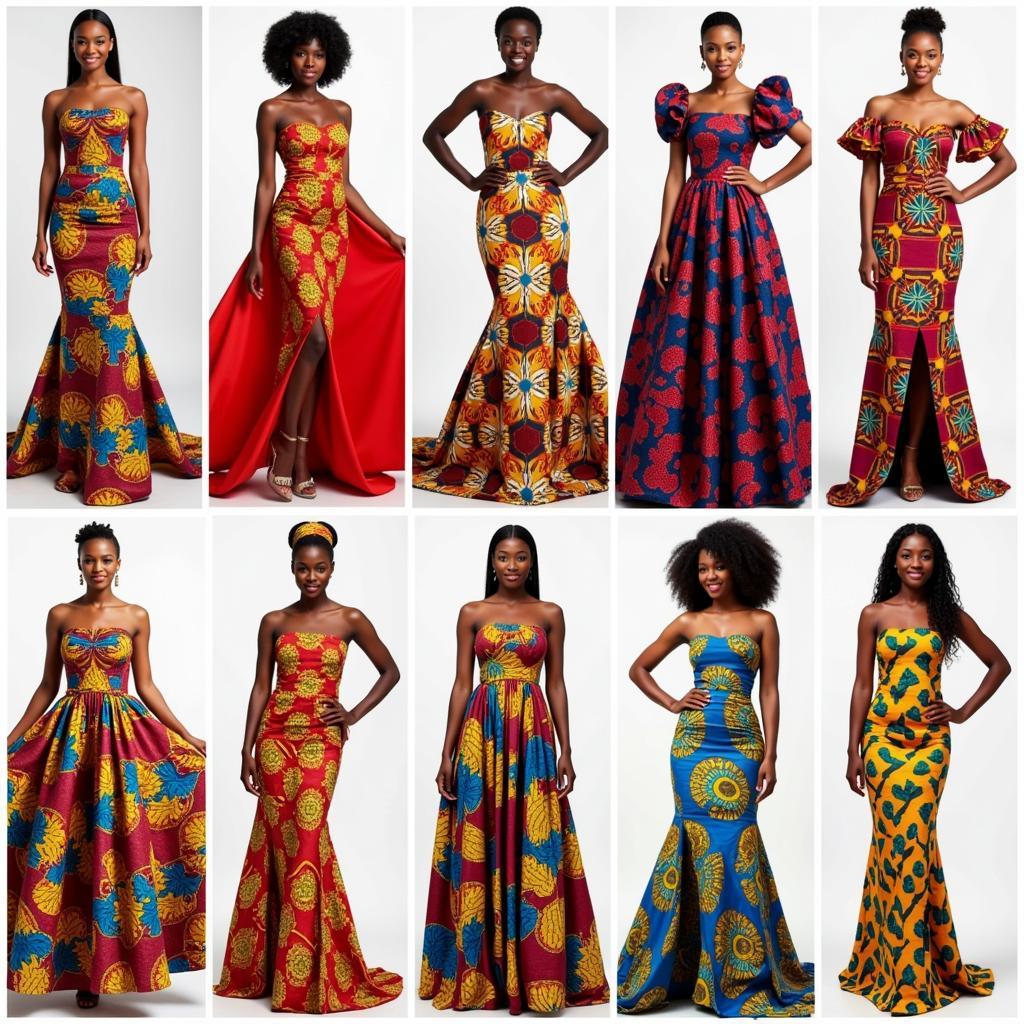The Rhythmic World of African Idiophones: Exploring the Sounds of the Continent
African music is renowned for its vibrant rhythms, intricate melodies, and diverse instruments. Among the many instruments that contribute to the rich sonic tapestry of the continent, idiophones stand out as a unique and fascinating category. Idiophones are musical instruments that produce sound primarily through the vibration of their own body, without the use of strings, membranes, or air columns.
From the iconic talking drums to the captivating mbira and the mesmerizing xylophone, African Idiophones embody the creativity and ingenuity of the continent’s musical traditions. These instruments are not merely tools for creating music but also hold deep cultural significance, reflecting stories, rituals, and beliefs of different communities.
A Symphony of Vibrations: The Characteristics of African Idiophones
Idiophones are a diverse family of instruments, encompassing a wide range of materials, shapes, and sounds. They share a common principle: their sound originates from the instrument’s own body vibrating.
Here are some key characteristics of African idiophones:
- Material: Idiophones are crafted from various materials, including wood, metal, bamboo, gourd, and even animal bones. Each material contributes to the unique timbre and resonance of the instrument.
- Sound Production: Idiophones are played by striking, shaking, scraping, or plucking. The manner of sound production varies depending on the instrument’s design.
- Pitch: Some idiophones, such as xylophones and mbiras, are tuned to produce specific pitches. Others, like rattles and bells, produce indeterminate pitches.
- Cultural Significance: Idiophones are deeply embedded in African culture, often serving as integral parts of ceremonies, celebrations, and storytelling.
Notable African Idiophones: Exploring Their Sounds and Meanings
The African continent boasts a remarkable variety of idiophones, each with its distinct sound and cultural context. Let’s delve into some of the most prominent examples:
Talking Drums: The Voice of the Community
“The talking drums are like the human voice,” says renowned Nigerian drummer Chief Ayo Bankole. “They can express joy, sadness, anger, and even convey messages.” These membranophones, classified as idiophones due to their sound production relying on the tension and vibration of the drumhead, are essential for communication in many West African cultures. The intricate patterns of drumming create a language understood by those familiar with its nuances.
Mbira: The Spirit of Zimbabwe
The mbira, also known as the thumb piano, is a lamellophone, which is a type of idiophone with metal or wooden blades that are struck to produce sound. This instrument is central to the music and cultural traditions of Shona people of Zimbabwe, and its evocative sounds are often used in rituals, ceremonies, and storytelling.
Mbira music is deeply spiritual, says Zimbabwean musician Dumi Mbira. “It connects us to our ancestors, our spirits, and the natural world.”
Xylophone: The Rhythmic Heartbeat of Africa
Xylophones, with their striking sound and rhythmic patterns, are found in many parts of Africa, from West to East. These idiophones consist of wooden bars of varying lengths, which are struck with mallets to produce different pitches. Xylophones are used in various musical genres, from traditional folk music to modern contemporary compositions.
Xylophone music is often characterized by complex rhythmic patterns and polyrhythms, says Dr. Esther Afolayan, a renowned musicologist. “These rhythms reflect the heartbeat and the energy of the people.”
Beyond the Music: The Role of Idiophones in African Society
African idiophones are not merely instruments of music; they are also powerful symbols of cultural identity and social cohesion. They play an integral role in:
- Ceremonies and Rituals: Idiophones are used in a wide range of ceremonies, from birth celebrations to funerals, and even in healing rituals.
- Storytelling: The rhythmic patterns and sounds of idiophones can convey narratives, myths, and legends.
- Social Cohesion: Playing idiophones together fosters a sense of community and collective identity.
Exploring the Legacy of African Idiophones
The influence of African idiophones extends far beyond the continent. They have inspired musical innovations worldwide, from the development of the marimba to the exploration of new sonic textures in contemporary music. The enduring legacy of African idiophones is a testament to their versatility, ingenuity, and cultural significance.
Frequently Asked Questions
1. What is the difference between an idiophone and a membranophone?
While both idiophones and membranophones produce sound through vibration, the key difference lies in the source of that vibration. Idiophones produce sound from the vibration of their own body, while membranophones rely on the vibration of a stretched membrane, like a drumhead.
2. How are idiophones used in modern music?
Idiophones are increasingly used in modern music, especially in genres like world music, contemporary classical music, and even electronic music. Artists experiment with the unique timbres and rhythmic possibilities of these instruments to create innovative sonic landscapes.
3. What is the significance of the talking drum in African culture?
The talking drum is a powerful symbol of communication, storytelling, and social cohesion in many West African cultures. It is used to convey messages, express emotions, and celebrate cultural traditions.
4. Where can I learn more about African idiophones?
You can explore the fascinating world of African idiophones through online resources, books, museums, and even live performances. There are numerous organizations and individuals dedicated to preserving and promoting these instruments and their cultural significance.
5. Can I learn to play an African idiophone?
Absolutely! Many workshops, classes, and online resources are available for learning to play various African idiophones. You can even find traditional instrument makers who craft custom idiophones for individual players.
Join the conversation!
What are your favorite African idiophones? Share your thoughts and experiences in the comments below.


